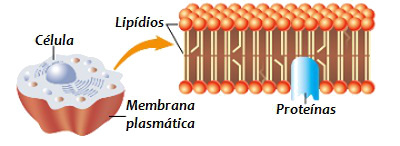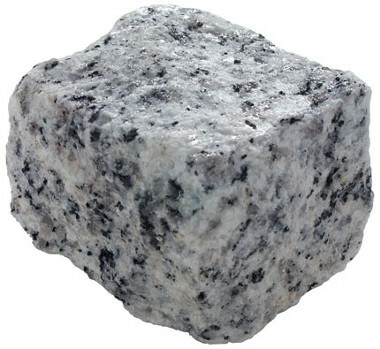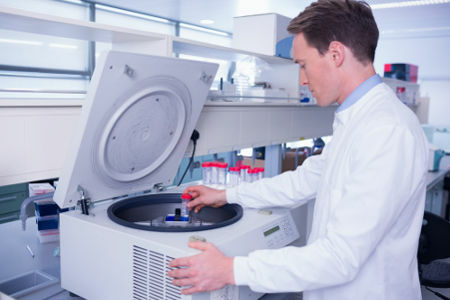We know that all living beings are formed by cells. These small structures are formed by a membrane, fur cytoplasm (a substance rich in water and mineral salts where the cell organelles) and by genetic material, that may or may not be forming the nucleus.
The film that surrounds the cells is called the plasma membrane, or cell membrane, and it's a very thin structure that can't be seen under an ordinary microscope. Its thickness can reach 10 nm, which is equivalent to 0.000001 cm. Can you imagine something so fine?
The plasma membrane guarantees the individuality of the cell, that is, it makes one cell not join another, making it an independent unit. In addition, the membrane selects substances entering and leaving the cell. Thanks to this function, we say that the membrane has selective permeability, that is, it is able to select the substances that will cross it. This feature prevents bad substances from entering the cell and those that the cell needs from not leaving.
The plasma membrane has lipoprotein composition, that is, it is formed by
proteinsand lipids. Currently, it is accepted that it is composed of two layers of lipids and that proteins are immersed in these layers. These lipids constantly change position and the proteins distributed across the membrane resemble a mosaic – a grouping of small pieces that form a design. That's why this membrane model was named the “model of fluid mosaic”.
Look closely at the structure of a plasma membrane
Linked to lipids or proteins, on the outer face of the membrane, we can find some carbohydrate chains. These strings, called glycocalyx, act in various functions, including recognition between cells.
Some cells, such as those of vegetables, have a structure called the cell wall. This structure ensures more rigidity to the cell, prevents it from breaking and protects against organisms that can destroy it or cause disease, such as fungi and bacteria. This wall works, therefore, as an extra protection for the cell.
By Ma. Vanessa dos Santos
Take the opportunity to check out our video lesson on the subject:



